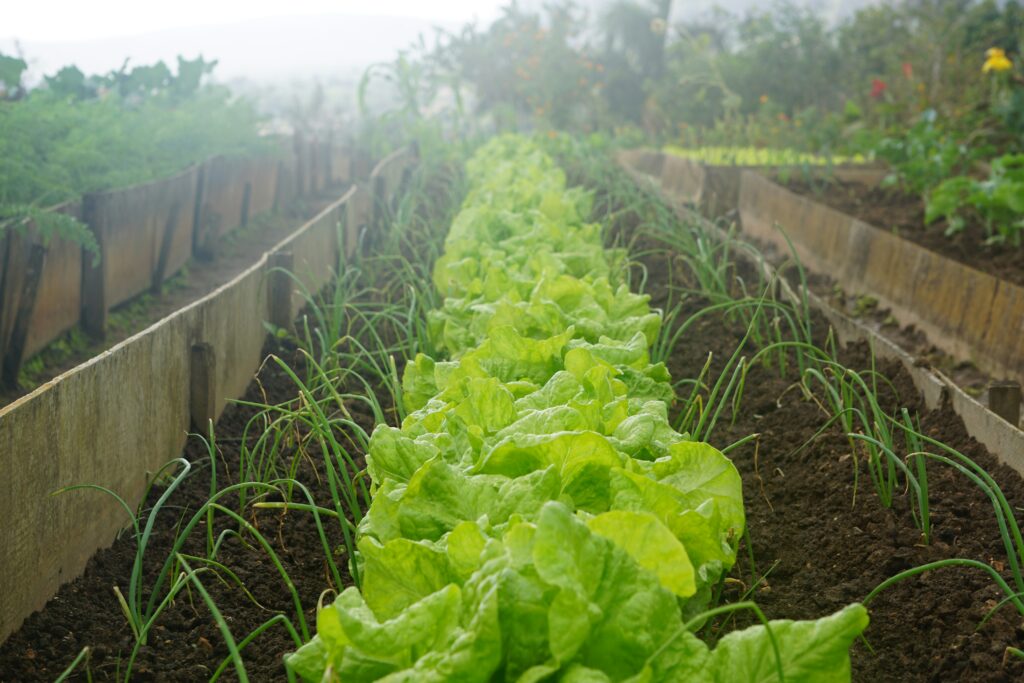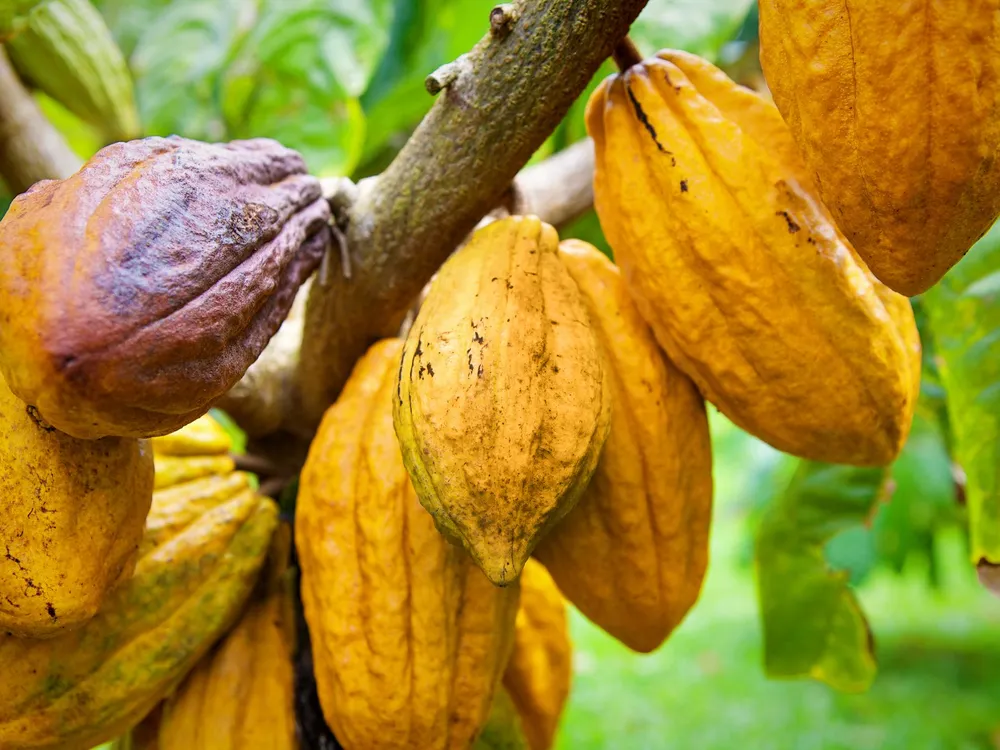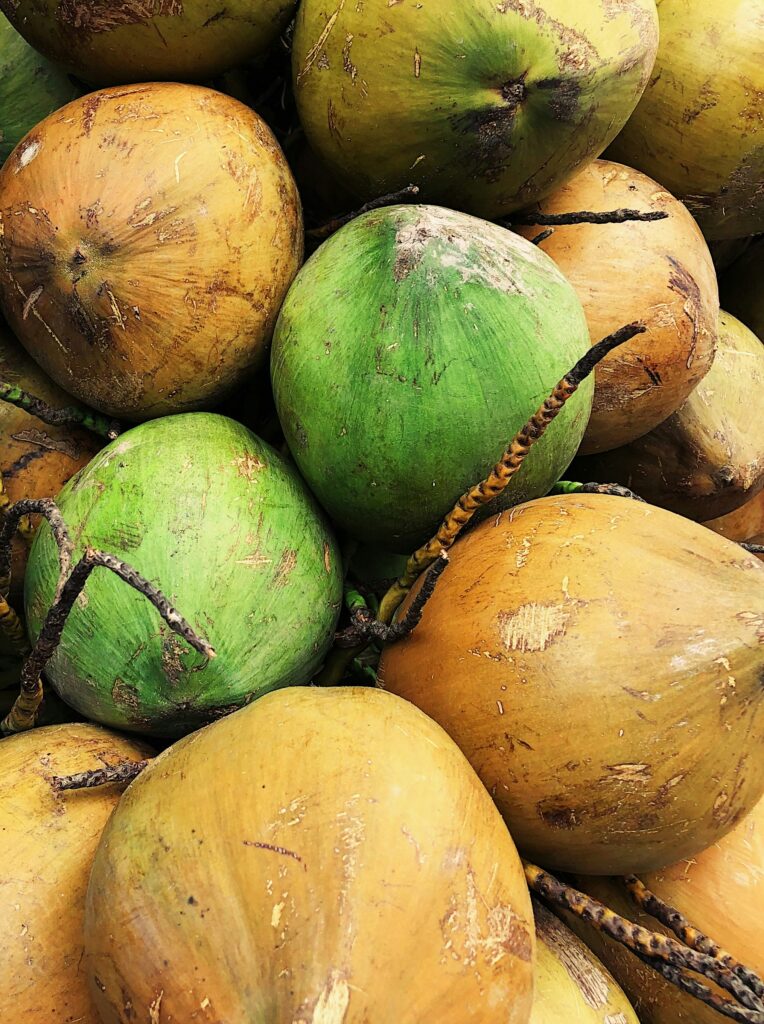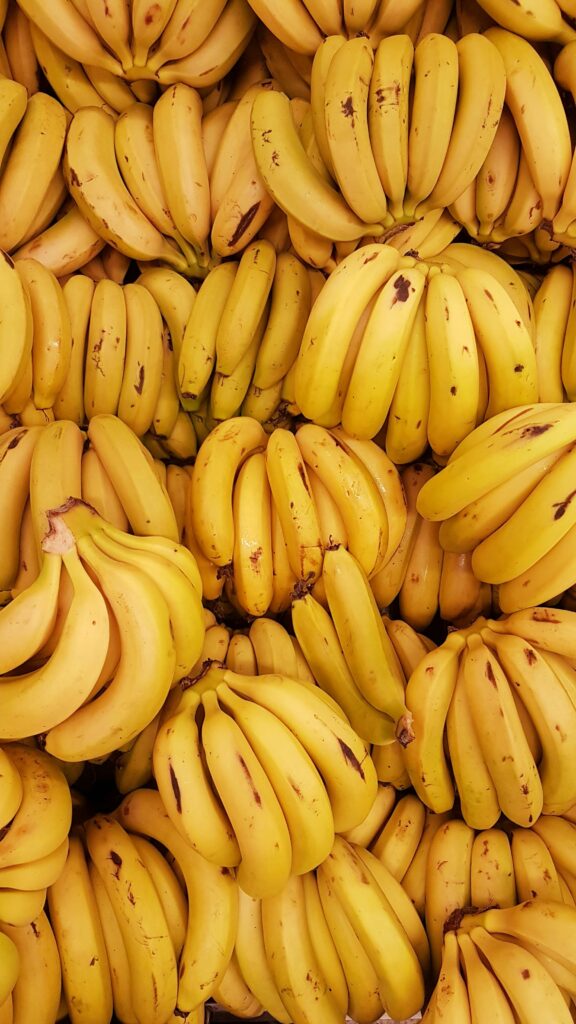Cultivating Harmony: Sustainable Farming in Maui
We are committed to promoting agricultural equity by implementing sustainable and environmentally friendly farming methods that are deeply ingrained in Hawaiian fundamental values and cultural awareness. Our goal is to guarantee that high-quality agricultural products, cultivated ethically and sustainably in Hawaii, are accessible to all, from local communities to global markets.

Koko (Cocoa)
While not one of the ancient canoe plants brought by the earliest Hawaiians, cocoa (koko) has been cultivated in Hawaii for over 200 years. The rich volcanic soil and tropical climate of areas like East Maui make it an ideal environment for growing cocoa
We grow several varieties of cocoa including:
- Hawaiian Select: A rare білее created by crossing traditional Forastero and Criollo varieties in Hawaii in the 1960s. It has a distinctive rich, fruity flavor.
- Criollo: The rarest and most prized cocoa variety, descended from ancient Amerindian cultivars. Its white cocoa beans produce an exceptional chocolate flavor.
- Trinitario: A natural hybrid of Criollo and Forastero cocoa varieties that originated in Trinidad. It has desirable aromatic qualities.
Integrated pest management, nutrient recycling, and biological controls help us cultivate premium Hawaiian cocoa sustainably. The beans are fermented, dried, and processed locally – providing valuable economic opportunities.

Other produces

Niu (Coconuts)

Mai'a (Bananas)
